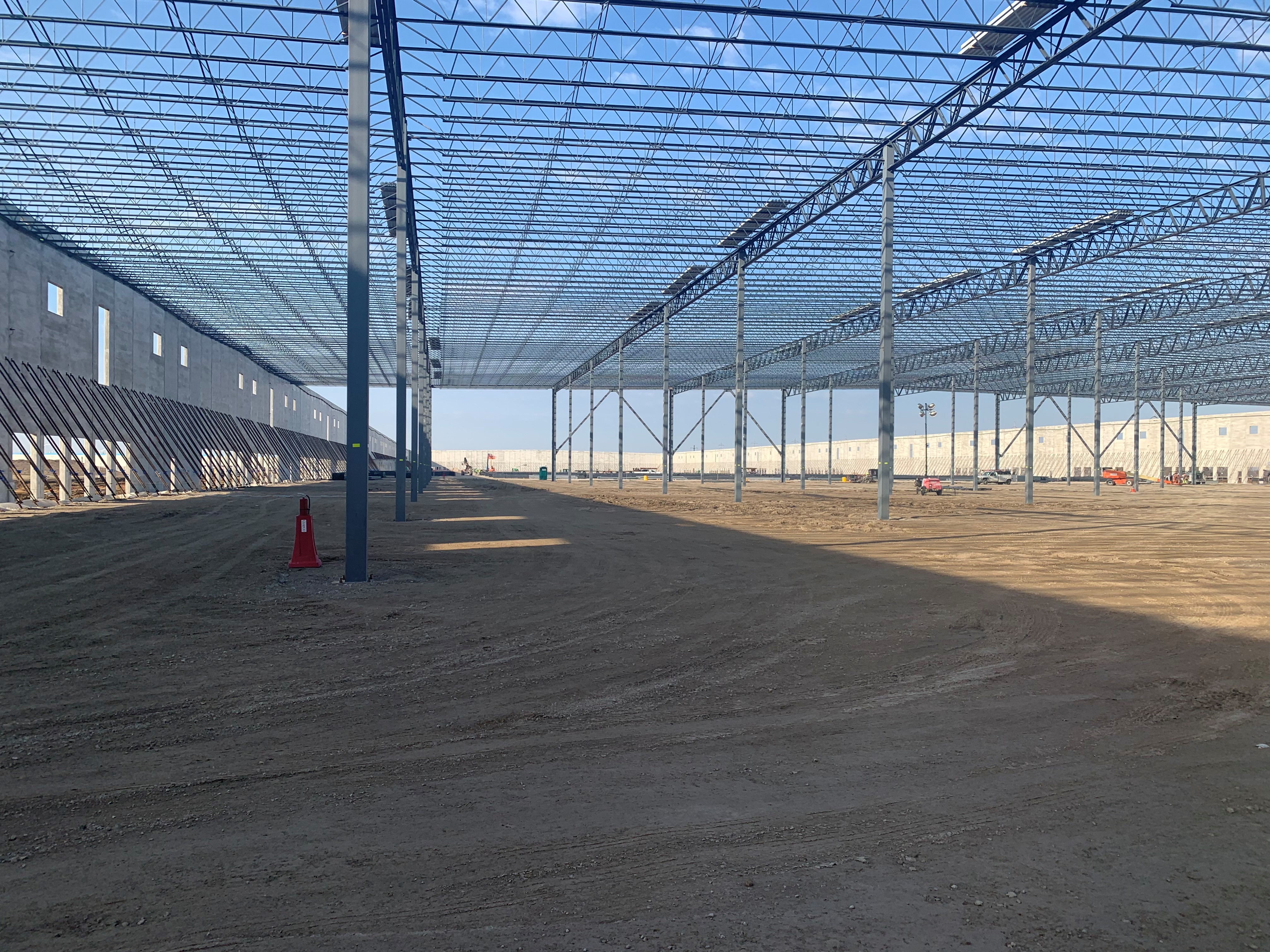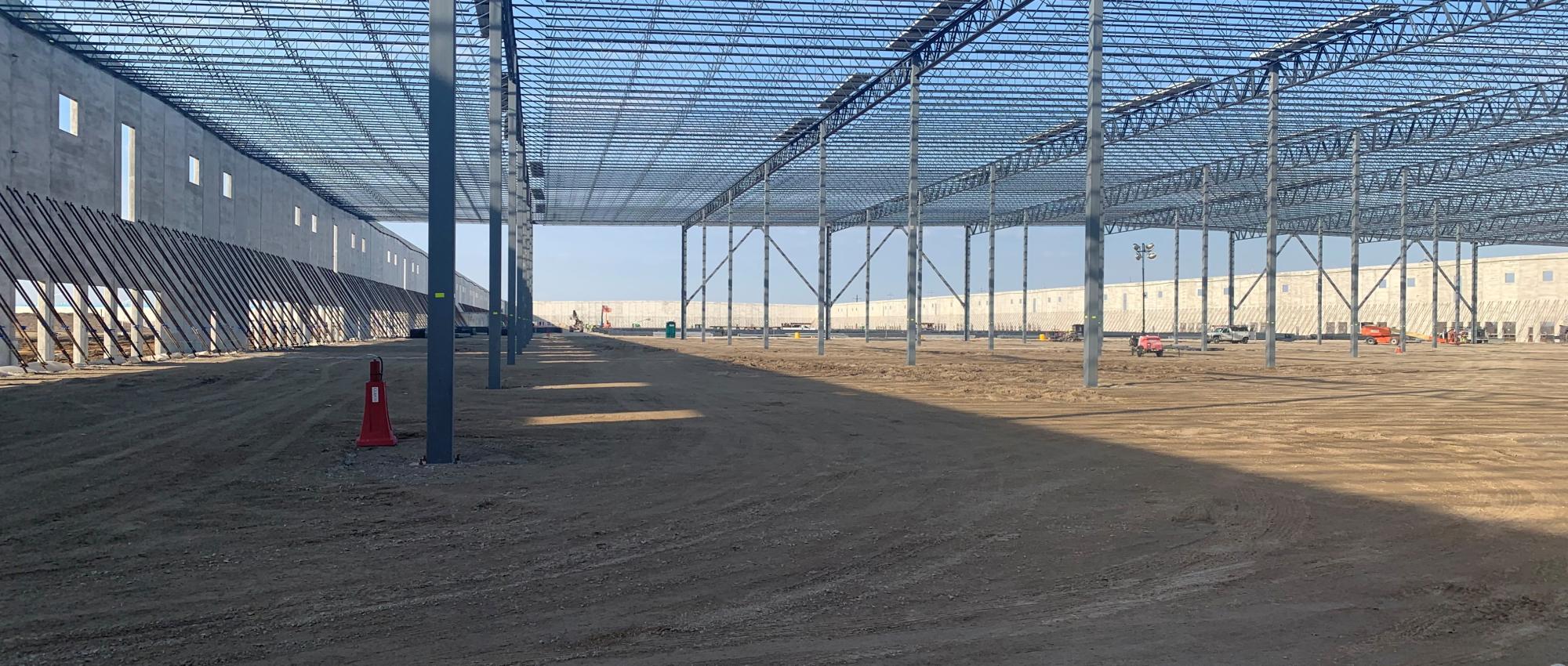Supporting Customers Through the Steel Shortage
While general contractors are largely optimistic about the prospects for business growth in 2021, supply chain demand challenges remain. In the precast concrete industry, the rising price of steel, combined with a general shortage of material, sits at the top of that list.
The Steel Shortage
According to the Producer Price Index (PPI), iron and steel scrap has surged 50.8% in the last 12 months, including a 25.8% jump from November to December, followed by another 20.6% jump from December to January. The reason, of course – the pandemic.
When demand dropped in early 2020, steel factories significantly scaled back production, and many of those facilities are still not running at capacity. Other factors like supply chain glitches and tariffs play a part as well. But the reduced production rate is paramount as contractors grapple with delays in a variety of building materials – including steel.
Economics 101 dictates that when there’s a shortage of anything, price tends to increase. Steel prices climbed throughout Q4 of 2020 despite some predictions that they would reach their peak at the end of the year. And now, experts are saying the price will likely continue to rise throughout 2021.
For those of us in the construction industry, this shortage (and price increase) means reworks of material costs on current and upcoming projects. Many manufacturers are offering pricing proposals to contractors that expire after just one to three days – meaning contractors need to be nimble.
Rethinking Our Approach
Increased demand in the market for industrial building, COVID-related production issues, and large bulk purchasing of steel products has caused 2021 to be somewhat of a scheduling challenge.
“We typically see a 4- to 5-month backlog for precast heading into the summer construction season,” said Mike Walsh, Vice President, Business Development at ATMI Precast.
“This year that still holds true. However, the steel delivery date has now exceeded the precast dates, which is unheard of, and has caught a lot of the developers and general contractors off guard.”
Walsh says that extended schedules and much higher pricing has caused the development and contracting community to rethink their approach to these market conditions.
“We are working more closely with developers to ensure that we are doing everything we can to hold down pricing, such as long-term bulk purchasing, and providing commitments to our vendors along with attractive payment terms,” Walsh said.
ATMI Precast is also heavily engaged with the general contractor community, and works daily on revising schedules to meet steel deliveries, out of sequence work, and revising erection scenarios that allow the general contractor to work other site areas and utilities while the building construction is pushed in schedule.
“Pricing pressure and schedule pressures have not yet subsided, and we don’t see this relenting until late summer,” Walsh said. “Fortunately for ATMI Precast, we have increased production capacity and storage capacity to allow us to make product as needed without the need for long-term storage. And, because we own our erection company, we have the flexibility to relocate crews as needed,” Walsh said.
Even though we left 2020 in our rearview mirror, the ripple effect still lingers in 2021. As we look ahead, ATMI Precast is committed to doing what we can to meet demand, satisfy our customers and keep building.
“Our long-term relationships with our customer base have proven to be solid resources that allow them to make decisions knowing they have a large subcontractor supporting their decisions,” Walsh added.
We’re here to support you! Planning your next project? Contact us today. We’d love to work with you.

